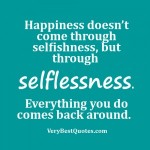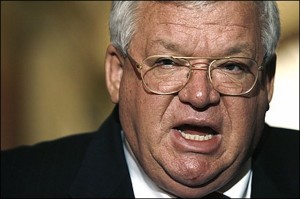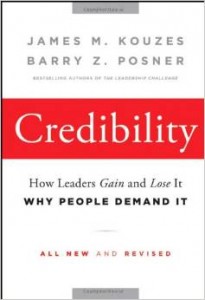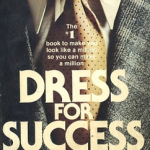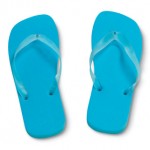Part 5 in a series on professionalism.
Criteria 5: Trustworthy: Holds confidence with others; never talks out of turn, never gossips or talks about people.
Thank you, Eleanor Roosevelt, for your profound statement:
“Great minds discuss ideas; average minds discuss events; small minds discuss people.”
Some of my most memorable conversations have occurred in the sacred space of meaningful dialogue, where I allowed others to openly share their thoughts and ideas and I did the same. It wasn’t small talk, chit chat or gossip. It was the meeting of minds on a new terrain of discovery. I came away from the conversations energized, uplifted and thinking differently.
To be trustworthy means that when people share information with you in confidence, it remains in confidence; you tell no one. You have an uncanny ability to judge for yourself what is or is not appropriate to share. The professional who shares information in a confidential setting and then upholds that confidence commands respect from peers. If you begin a sentence with, “Let me share a little secret with you” or “You’re not supposed to know this but…” or “I heard that…” you dismantle your level of trustworthiness. Think before you speak or simply close your mouth and wait until you have something meaningful to say.
To be trustworthy also means that you do not engage in idle gossip. Gossip is the re-telling of a tale with an added negative spin. Don’t initiate it and don’t get pulled into someone else’s drama or ill feelings. If gossip that is generated by another person makes you feel uncomfortable, you have two choices. First, name it. “When you talk about Sarah this way, it makes me feel uncomfortable. I would prefer to talk about something else.” Second, redirect the conversation: “Tell me about your recent trip to Australia.” The person will get the message over time that you are someone who does not share a love for gossip.
Employers value employees who are trustworthy. In the workplace, defamation of character, which includes libel (false written statements) and slander (false spoken statements) can be grounds for dismissal or worse, legal action. Best to keep any negative thoughts to yourself and keep your job.
Don’t jeopardize your reputation and harm your credibility as a professional. When you think certain thoughts and are eager to share those thoughts with others, ask yourself these questions:
Are my comments appropriate or inappropriate?
What do I have to gain by sharing these thoughts? Is it worth it?
How do my comments position me as a professional?
In building a reputation as a trustworthy professional, consider your behavior. You have more at stake than you may think. Following Eleanor Roosevelt’s lead, only you can determine if your mind is small, average or great.


